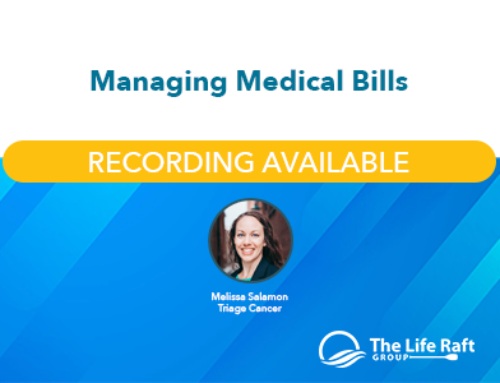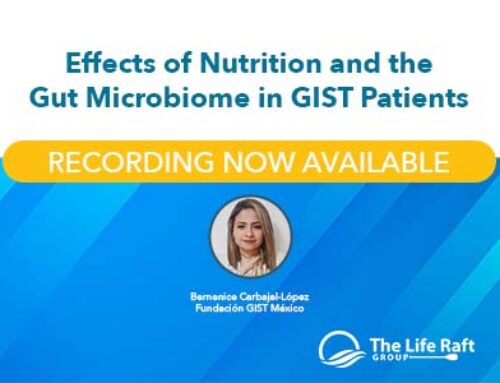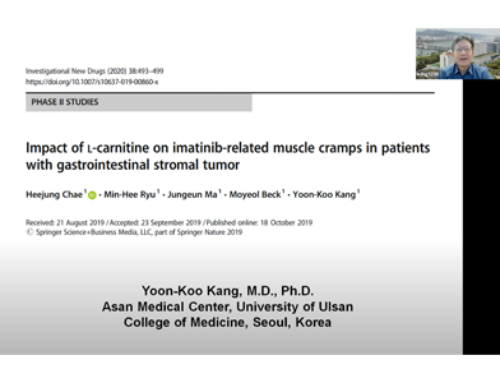Medications to treat your GIST can sometimes cause joint pain (aka arthralgia). However, there are ways to manage it. An important thing you have to do before beginning any type of treatment is to keep a record of the pain.
As part of the record, you should note:
- When the pain started
- What you were doing when the pain started, sensation (i.e. stabbing, throbbing, dull, constant…)
- Location
- Amount of pain on a scale from 1-10
- How long the pain lasted
- Any factors that seemed to relieve the pain
You and your doctor can then go over the list together to see if a common link exists in your pain and how best to treat and manage the pain you are feeling. Activities that can help ease pain without medication are:
- Physical therapy – treats the pain by working the muscles and affected area through exercise
- Exercise
- Occupational therapy – will help individuals learn how to perform certain tasks in different manners to help alleviate pain
- Acupuncture
- Relaxation techniques – biofeedback, hypnosis, imagery, distraction
- Massage
- Hot/cold therapy – alternating cold and warm to the affected area will make the area relax, reducing pain
There are various over-the-counter medications one can take to help with joint pain. Non-steroidal anti-inflammatory drugs (NSAIDs) such as Advil, Ibuprofen, Motrin and Aleve can be helpful in reducing pain. Tylenol is not an NSAID but can be used if you prefer Tylenol to NSAIDs. Remember to talk to your physician before using any medication.
If your pain is exceptionally great or has become intolerable, your physician may prescribe drugs to reduce and eliminate the pain you feel. Pain may also be a side effect of fatigue, infection or depression. Make sure to tell your doctor about your pain.





